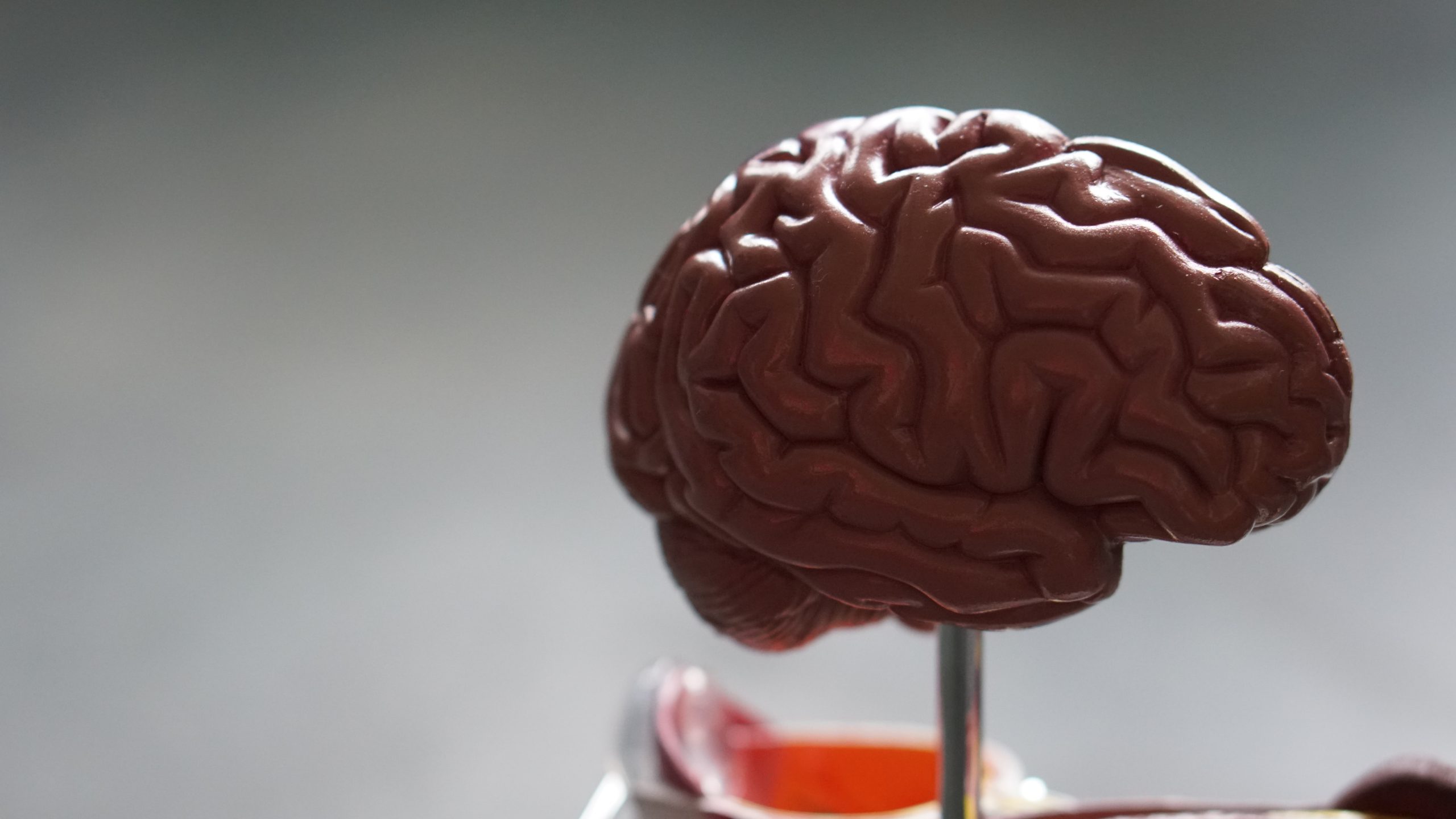
Lauren Dempsey, MS in Biomedicine and Law, RN, FISM News
[elfsight_social_share_buttons id=”1″]
Researchers from Georgetown University Medical Center conducted a clinical study to better understand what happens when an infant’s brain is injured by a stroke at birth or shortly after. Their research findings were published last week in the Proceedings of the National Academy of Sciences of the United States of America.
The left side of the brain is responsible for understanding words and sentences, while the right side controls understanding the emotional context of communication. When an injury occurs in language areas of the brain, it can be life-altering for patients, greatly diminishing their ability to communicate with those around them.
However, researchers found that when infants had a stroke affecting the left side of their brain, the brain was “plastic” enough for the right side of the brain to adapt and form the ability to reorganize language areas in the brain.
The findings showed that participants who had a perinatal stroke were able to complete language tasks almost as well as their siblings, with the main differences being which side of the brain was used for sentence processing. The stroke participants consistently showed that the brain processed sentences on the right side, while their siblings processed sentences on the left side.
All of the participants in the study had significant damage after having an ischemic stroke, which would have been debilitating to an adult.
Infant strokes are rare, occurring in about 1 in 4,000 births. Ischemic strokes are more common in adults, accounting for 87% of all strokes. An ischemic stroke happens when a vessel supplying blood to the brain is obstructed by a blood clot.
The study included 15 children from the United States who all suffered medium to large strokes in the left side of the brain around the time of birth. Researchers aimed to study long-term outcomes in these children’s language abilities by evaluating their language skills in participants that were between 9 and 26 years old. The results were then compared to healthy siblings of similar age. Researchers conducted MRI scans on the subjects in order to research their brain operation.
Dr. Elissa Newport is the director of the Center for Brain Plasticity and Recovery at Georgetown University Medical Center, a professor in the departments of Neurology and Rehabilitation Medicine, and the author of this study. She said that the most important finding of this study “is that plasticity in the brain, specifically the ability to reorganize language to the opposite side of the brain, is definitely possible early in life.”
While this reorganization isn’t possible in all areas of the brain regardless of age, Newport said, “This gives us great insights into the regions we might be able to focus on for potential breakthroughs in developing techniques for recovery in adults as well.”
Newport also commented on the participants, noting that they “are all such highly functioning adults.”
“Their achievements are remarkable, especially since some of their parents had been told when they were born that their strokes would produce lifelong impairments,” Newport said.
Newport and her team are hopeful that future research will help better understand how the brain works after a stroke, especially knowing that plasticity decreases with age. They hope that these findings will have clinical significance in understanding language processing during stroke recovery and how this could potentially benefit adult stroke survivors.
In the United States, more than 795,000 people suffer a stroke every year. That means on average, someone has a stroke about every 40 seconds. Someone in the country dies from a stroke about every 3.5 minutes.
Stroke is one of the top causes of long-term disability, reducing mobility and affecting language, communication, and problem-solving.
